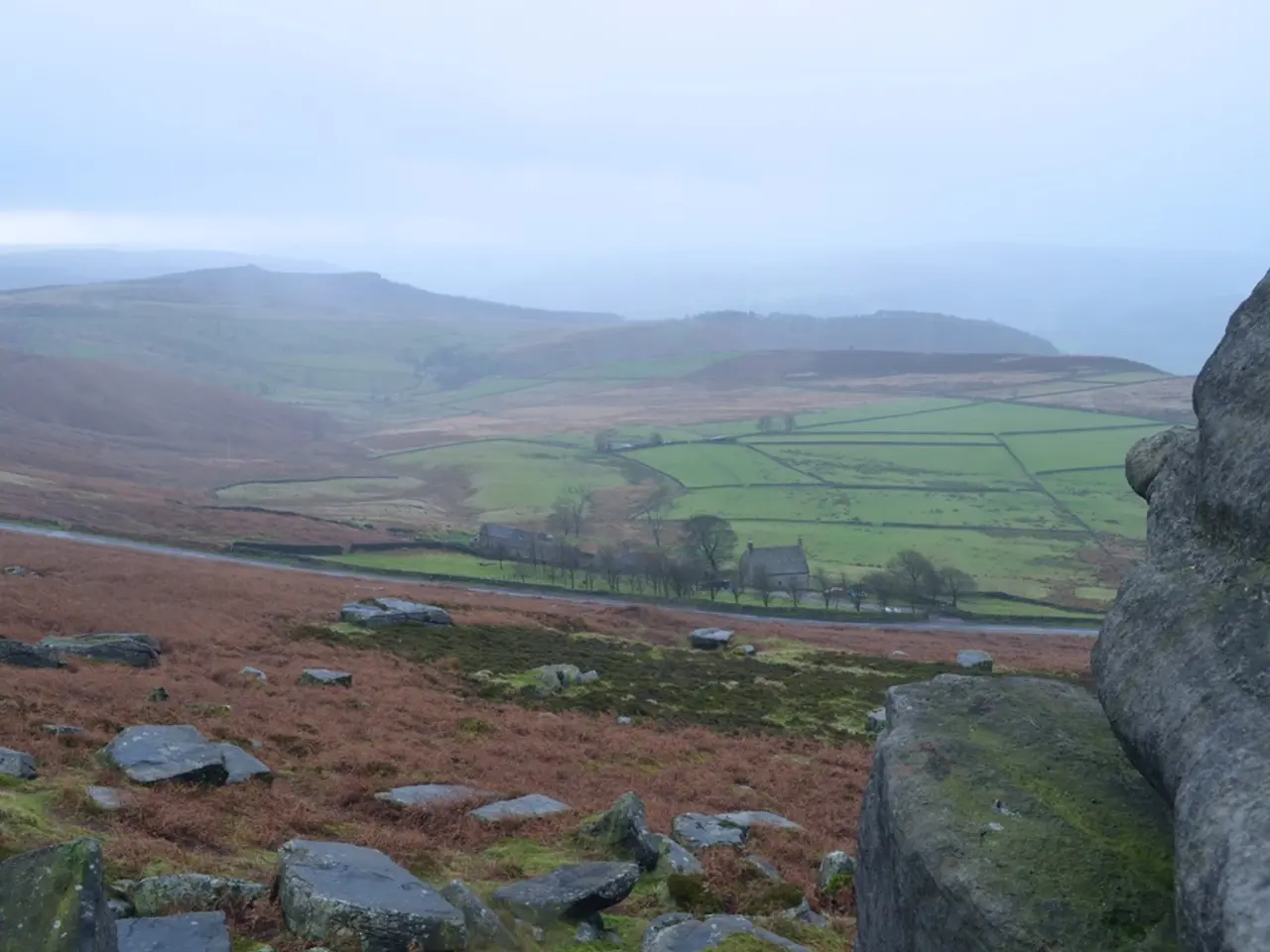Eco-Villages: A Growing Blueprint for Sustainable Living
Eco-villages, communities dedicated to sustainable living, are gaining traction worldwide. Despite challenges, they provide a viable blueprint for harmonious coexistence with nature, influencing urban planning, policy, and individual lifestyles.
At the core of every eco-village lies a strong sense of community and collaboration. This is evident in their approach to food production, which emphasizes organic farming methods and permaculture principles. These practices promote biodiversity and reduce dependency on industrial agriculture.
The architectural design in eco-villages also reflects their commitment to sustainability. They typically feature sustainable building materials and innovative building techniques, aiming to reduce environmental impact. Moreover, eco-villages foster social interaction and offer educational opportunities, encouraging knowledge sharing and personal growth.
Effective waste management systems, such as composting toilets and recycling programs, are integral to eco-villages. These systems help minimize waste generation, further reducing their environmental footprint.
Eco-villages prioritize the use of renewable energy sources and energy-efficient design principles. This commitment to sustainability is evident in their low carbon footprints. Examples of such communities include Paradù Tuscany EcoResort in Italy, among others focused on sustainability and community living. While exact numbers vary, countries in Europe and parts of Asia tend to have the most eco-villages.
The eco-village movement, with roots tracing back to the 1960s and 1970s, offers a compelling vision of living in harmony with nature. By employing sustainable practices in every aspect of life, eco-villages not only minimize environmental impact but also promote social wellbeing. As the movement grows globally, it continues to influence urban planning, policy, and individual lifestyles, providing a viable blueprint for a sustainable future.
Read also:
- Budget cuts at federal and state levels jeopardize advancements in fighting HIV and AIDS within Dallas County
- Strategies for Maintaining and Boosting Physical Activity as You Grow Older
- Understanding Prediabetes: A Precursory Condition to Diabetes
- Strategies for Strengthening a Nigerian Infant's Immune System







